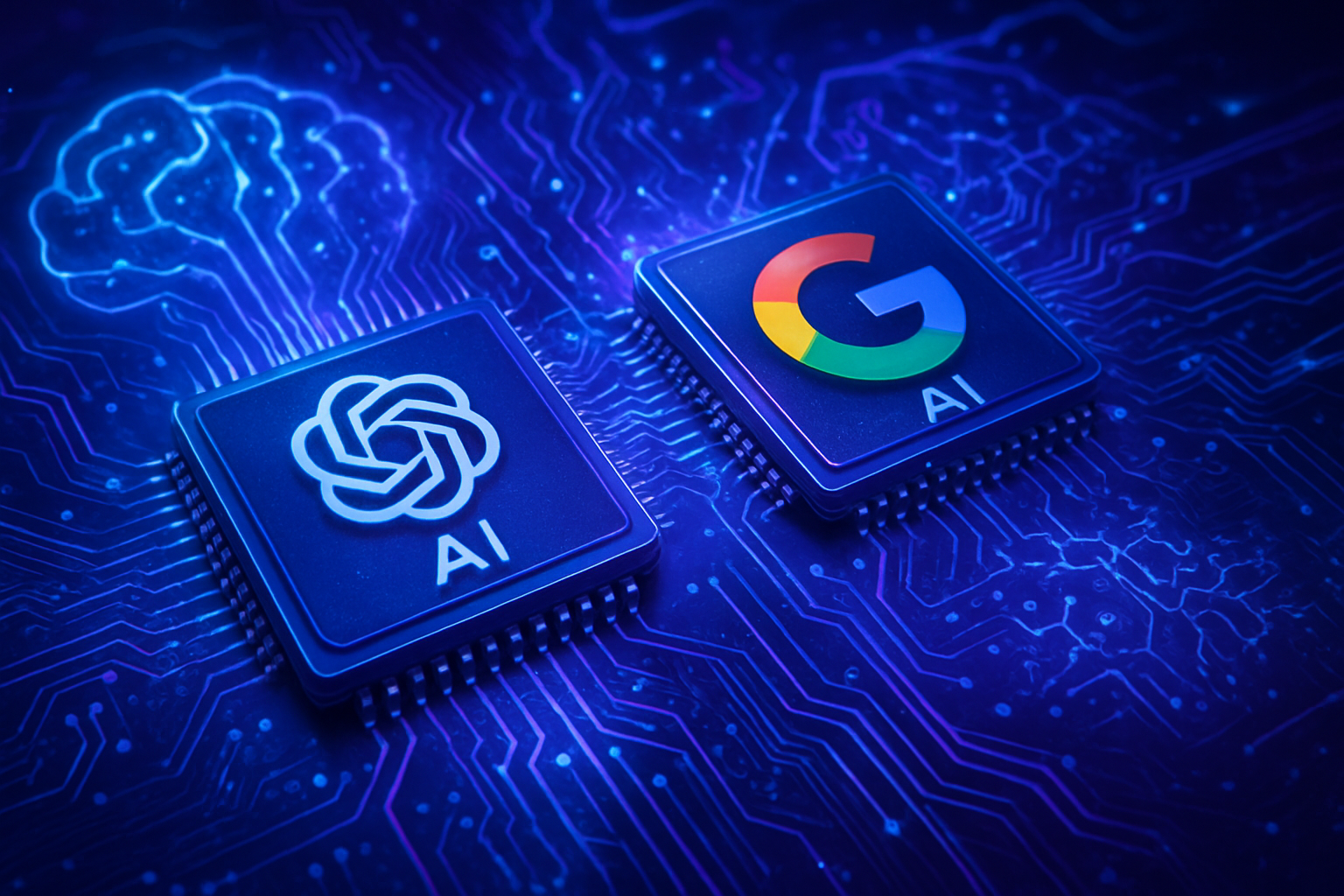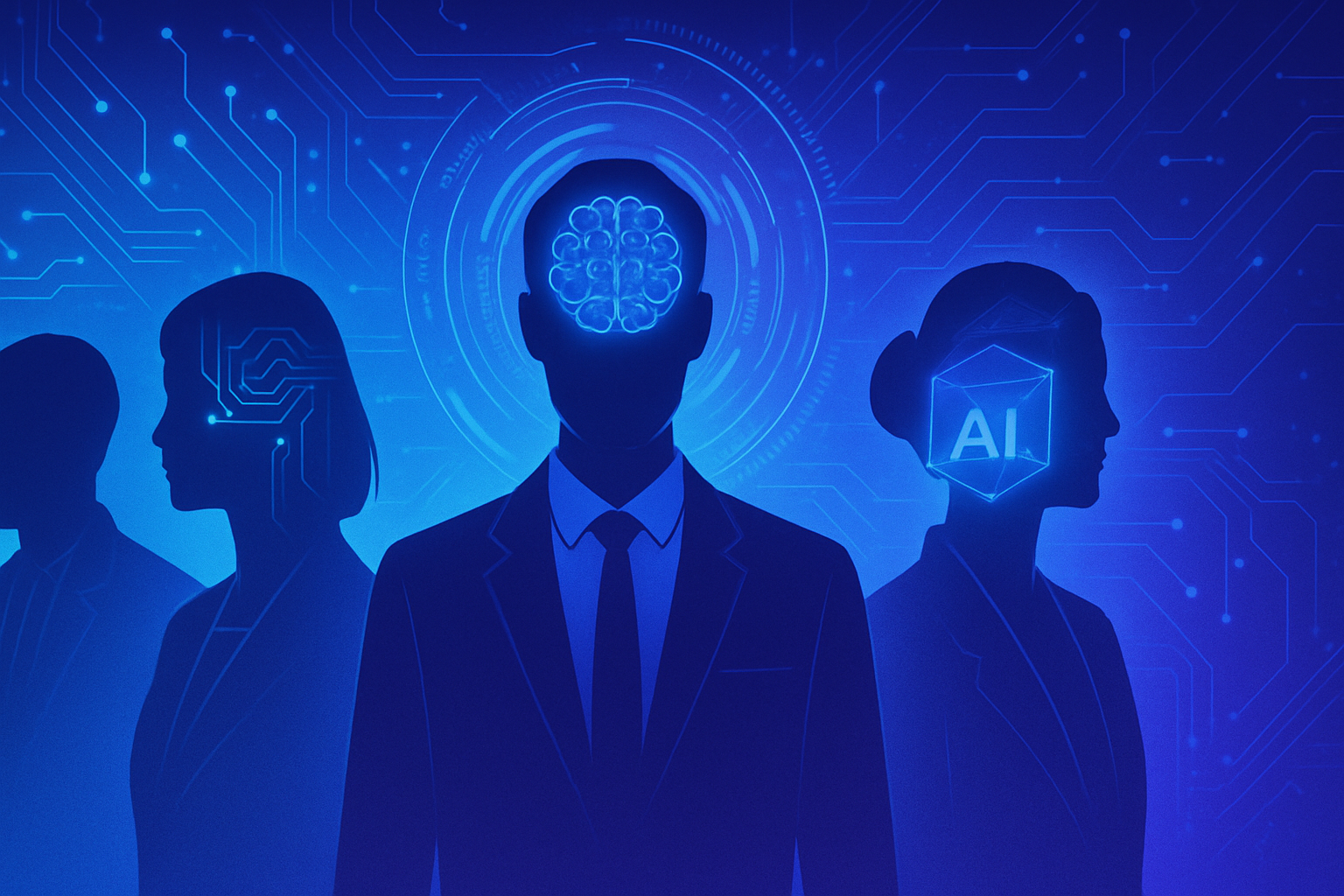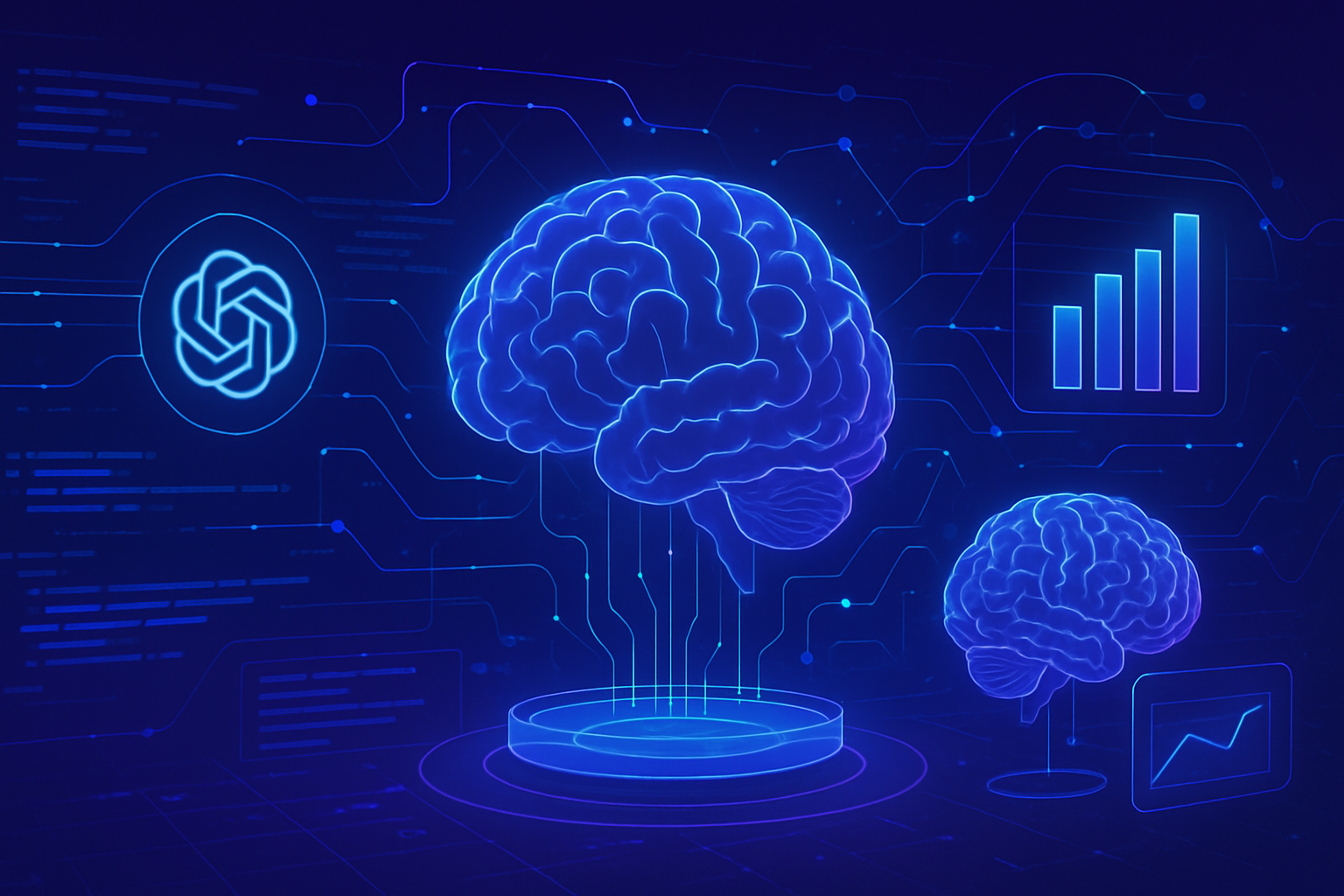Generative AI, a rapidly growing field, is revolutionizing the design of modern robots. Allowing machines to jump higher and land safely presents unprecedented technical challenges. _The optimization of robotic structures_ thus becomes crucial in this quest for efficiency. Thanks to innovative models, unexpected solutions are emerging. The interaction between artificial intelligence and robotics transforms possibilities. _Algorithmic creativity_ offers designs that combine performance and safety. Each iteration paves the way for new and functional designs, illustrating the immense potential of this technological symbiosis.
Use of Generative AI in Robotic Design
The rapid advancements in diffusion models, such as those developed by OpenAI, offer fascinating prospects for innovation. The ability to spark new ideas through images, videos, or diagrams has revolutionized design approaches. The design of robots is also benefiting, with the integration of generative AI providing valuable support for creating efficient prototypes.
The Enhanced Robotic Jump
Researchers at MIT have used diffusion-based methods to design a robot capable of jumping more efficiently. This robot not only successfully jumped approximately two feet but also outperformed a similar manually created model by 41%. Designers were able to benefit from a process in which AI models proposed modifications and evaluated their performance before manufacturing.
AI Optimization Process
The creation process involved sampling 500 initial designs using an integration vector. This vector served as a basis for selecting the twelve highest-performing options. Designers then optimized the integration vector through successive iterations until they achieved better-performing designs. One of the final shapes resembled a blob, thereby enhancing the robot’s jumping capabilities.
Innovation Through Curvature
The shape of the joints generated by AI is distinctly different from traditional models. The integrated joints feature a curvature, imparting characteristics similar to drumsticks, unlike standard parts which are rectangular. This creative approach has allowed for storing a greater amount of energy before the jump, thus improving overall performance.
Stable Landing Strategies
Researchers have also innovated by optimizing the robot’s foot to ensure a safe landing. This process reduced the robot’s fall rate by 84% compared to the previous model. The combination of jump height and success rate during landing required a delicate balance, represented by numerical data. The AI was trained to identify the best compromise between these two criteria.
Future Perspectives of AI in Robotics
The potential of generative AI is not limited to enhancing jumping robots. This technology could also be used to design machines capable of performing various tasks, such as manipulating objects or operating tools. Ongoing research envisions models that could integrate more motors and optimize robot movements. This rapidly expanding field paves the way for revolutionary robotic designs.
Initiatives related to AI, such as integrating AI into design processes, will continue to evolve this fascinating field. Leading companies, such as Nvidia and Foxconn, are investing in infrastructure to drive this innovation.
Finally, similar projects, such as Hugging Face’s acquisition of Pollen Robotics, demonstrate a commitment to accessible robotics for users. This trend inspires new collaborations, and the dialogue between cutting-edge technologies and practical design is just beginning.
Common FAQs
How can generative AI help design robots capable of jumping higher?
Generative AI uses diffusion models to create optimized robot structures, testing and refining designs to improve their jumping performance.
What materials are used to manufacture AI-generated robots?
Robots mainly use materials compatible with 3D printers, such as polylactic acid (PLA), which allows for lightweight and efficient designs.
What types of tests are conducted to evaluate robots before manufacturing?
AI-generated models are assessed in simulations before manufacturing, allowing their performance in jumping and landing to be tested in a virtual environment.
How does AI determine the best features for the jumping and landing of robots?
AI analyzes data related to jump height and landing success rates, seeking a “sweet spot” between these two criteria to design an optimal structure.
Can designs of AI-generated robots be customized?
Yes, users can input specific dimensions and select certain components for the AI model to propose modifications tailored to their needs.
What is the advantage of using generative AI compared to traditional robotic design?
Generative AI offers innovative and unconventional solutions that enhance the functional capabilities of robots, such as better jump performance and greater stability during landing.
What types of robots can benefit from advancements in generative AI?
All types of robots, including those used in logistics, domestic assistance, or industrial applications, can be optimized through generative AI to improve their jumping and interaction functions.
How does AI handle trade-offs between jump height and landing safety?
AI evaluates trade-offs between jump capacity and landing failure risk, adjusting the design to maximize overall performance while ensuring operational safety.
What future developments are planned for generative AI in the field of robots?
Researchers are looking to extend the capabilities of generative AI to design more flexible robots capable of performing a multitude of tasks, such as manipulating objects or interacting with their environment autonomously.






